The Institute of Electrical Engineering (ETI) of the Grand Ducal Technical University of Karlsruhe
| 1894 |
Engelbert Arnold's appointment as the first full professor of electrical engineering in Karlsruhe to the Chair of Power Engineering and Electrical Machines.
Arnold was born in 1856 in Switzerland, the second of the nine children. His father was a farmer. Arnold studied mechanical engineering from 1874 to 1878 at the Federal Polytechnic Institute in Zurich, Switzerland. He completed his habilitation in 1883 at the Polytechnic Institute in Riga, Russia. His first book on the armature winding of DC-machines appeared 1891. In the same year he accepted a position as chief engineer at the Swiss Oerlikon Maschinenfabrik.
Simultaneously with the appointment of Arnold to Karlsruhe the Department of Electrical Engineering was founded in the fall of 1894. In the first winter semester there were 43 students. Until the turn of the century the number of students increased to about 200.
Arnold was appointed Privy Councilor in 1905 and in 1906 he received an honorary doctorate from the Technical University of Hanover.
During Arnold's work in Karlsruhe a comprehensive, fundamental publication on alternating current and direct current machine technology appeared in eight volumes. The books contain over 5000 pages of text and over 3,000 illustrations. They are published by the Springer-Verlag.
Engelbert Arnold led the Institute of Electrical Engineering (ETI) until his untimely death in 1911 at the age of 55 years.
|
|
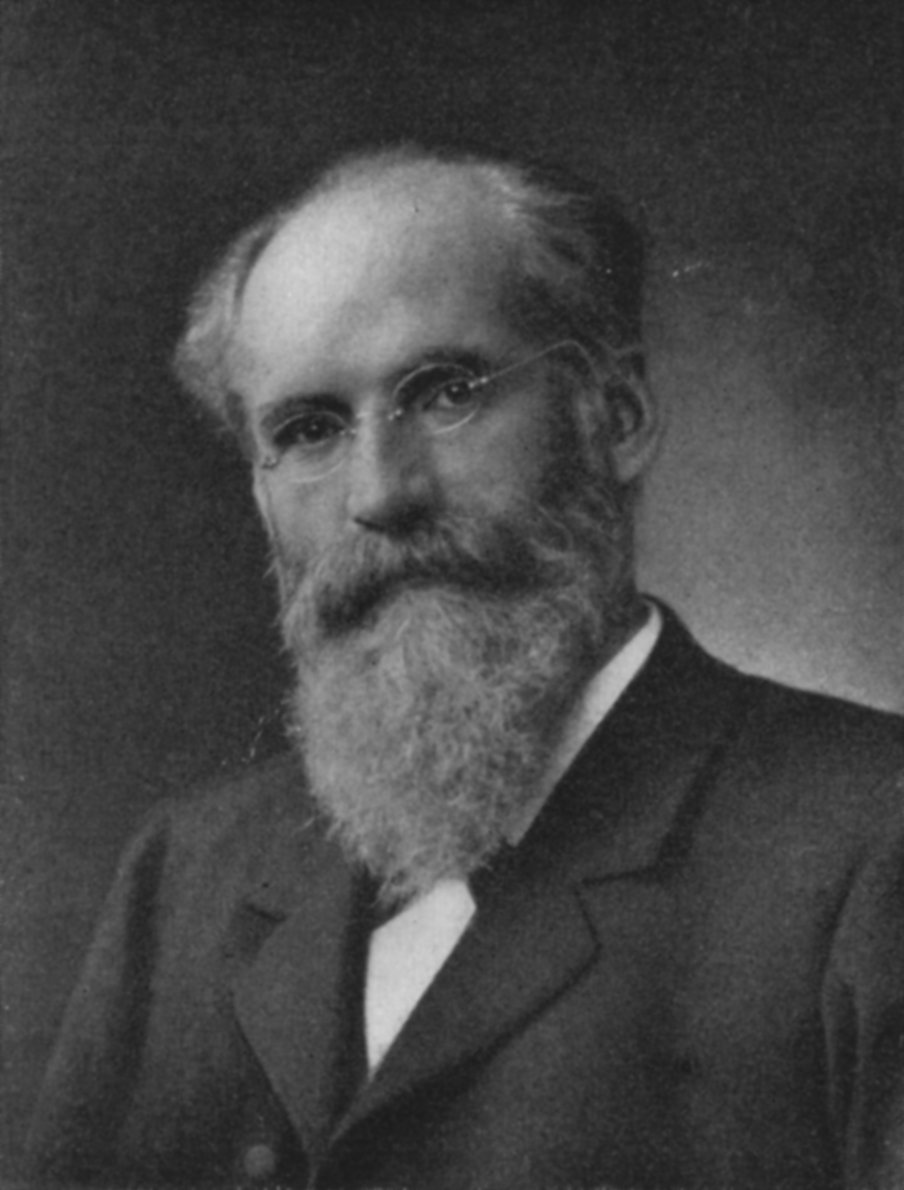
|
| 1896 |
Construction of the Institute of Electrical Engineering (ETI) on the former parade place of the dragoons behind the original site of the technical university. |
|
Mai 1899
|
Inauguration of the Institute of Electrical Engineering (ETI) at the Karlsruhe University through the Institute founder Engelbert Arnold in the presence of His Royal Highness the Grand Duke Frederick.
The construction costs amounted to around half a million marks, including laboratory facilities (including 12 DC machines, 13 AC machines and 6 transformers).
|
|
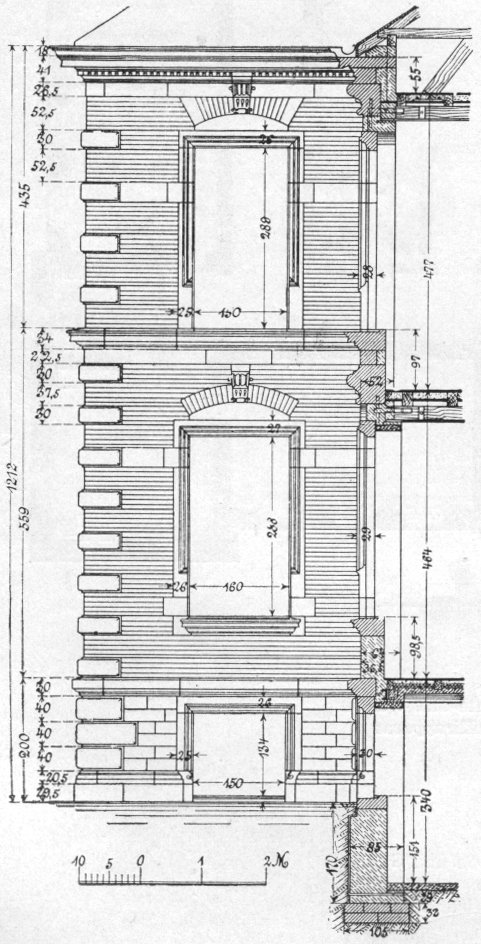 |
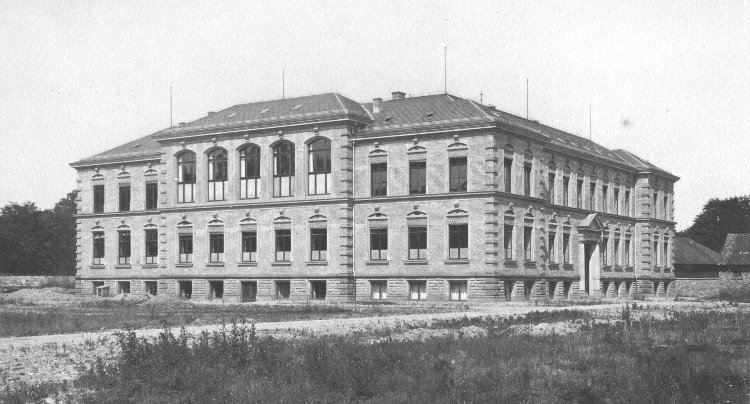
The Institute building around 1899
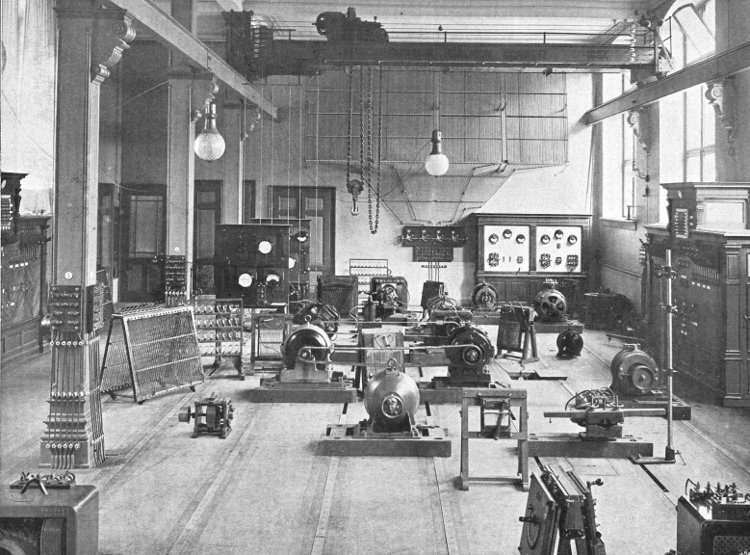
Machine shop around 1899
| 1894 |
Rudolf Richter was appointed to the Chair of Electrical Machines and takes over the leadership of the ETI, which he held until 1947.
Richter was born in 1877 in Fürstenwalde at the river Spree. After studying at the University of Berlin and the Technical University in Charlottenburg, he worked from 1900 to 1908 for Siemens & Halske in Leopoldau in Vienna and for Siemens-Schuckert in Berlin-Charlottenburg. From 1908 to 1912 he established the Railway Department of the Maffei Schwartzkopff company in Berlin and became the technical director. In October 1912 Richter receives an appointment as professor of electrical engineering at the University in Karlsruhe. He retired in 1947 and died 1957. Richter received an honorary doctorate from the Technical University Darmstadt.
While working in Karlsruhe, Richter wrote a five-volume reference work on the entire field of electrical engineering including transformers, which is known until present time.
|
|
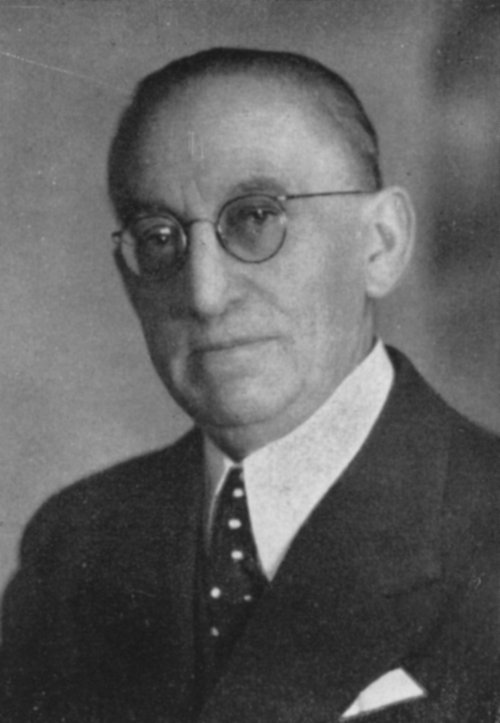
|
| 1917 |
Theodor Boveri, son of Walter E. Boveri (one of the founders of the BBC, now ABB), produced his thesis at the ETI in 1917. At first he worked for his family's company before switching to the Motor-Columbus AG, Baden in Aargau, in 1933. Motor-Columbus was also founded by his father and dealt with the construction of power plants. He held the position of Chairman from 1951 until 1970. Theodor Boveri received an honorary doctorate from the University of Karlsruhe in 1949 and died 1977. |
|
Sept. 1944
|
In the war, the Institute building burned to the basement. At war's end, only the perimeter was standing. Most apparatus and the largest part of the library were lost. The electric machines were severely damaged, but could be repaired partly in the own workshop. |
|
| 1947 |
Friedrich Stier succeeds Richter on the Chair of Power Engineering and Electrical Machines and as the Director of the ETI. He holds this position until his death in 1961.
Stier was born in 1899 and came from Ellwangen a.d. Jagst. He studied at the technical universities of Stuttgart, Karlsruhe and Berlin. He received his doctorate in Berlin in 1932 and worked as a design engineer and later as head of the testing field of the Berlin Dynamowerke for Siemens-Schuckert.
Bull died in 1961 after a long illness.
|
|
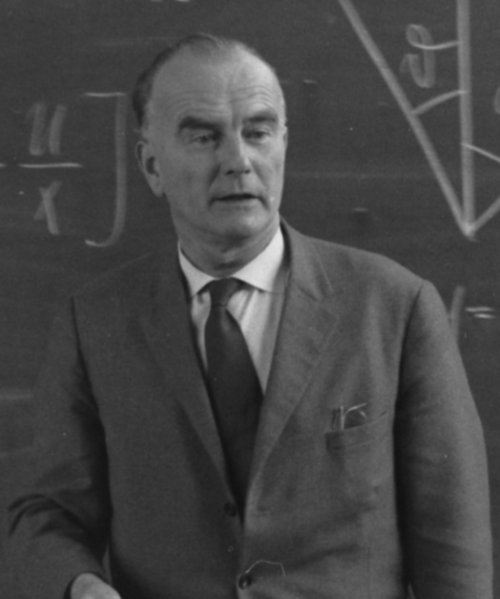
|
| 1948 |
After the war, the Institute of Electric Engineering was rebuilt. A number of electrical machines, control panels, etc. were recovered from the rubble of the ETI and the workshop was repaired. Until the currency reform of 1948, the ceiling of the upper floor was recovered and the roof has been placed. In the winter semester 1948/49 the machine shop was prepared, allowing the laboratory exercises to resume. A year later, the two classrooms were usable again. The renewal of the cable network, the marble control panels, the battery and other laboratory equipment lasted until the late fifties for financial reasons.
|
|
1955
|
Promotion of Herbert Weh at the Institute of Electrical Engineering (ETI).
Weh studied electrical engineering at the Technical University of Karlsruhe since 1947. In 1954 he became Head of Development Department of Schorch-Werke in Mönchengladbach and from 1961 to 1995 Head of the Institute of Electrical Machines, Drives and trains at the TU Braunschweig. Prof. Dr.-Ing. Dr. h.c. Weh was known primarily for his work in the field of transverse flux and the magnetic levitation technology. He is considered one of the fathers of the Transrapid.
|
|
1960
|
To bridge the time of disease of Prof. Stier the management of the Institute of Electrical Engineering (ETI) was transferred to the then chief engineer, Adolf Priess, under supervision of Prof. Dr. Lau, Acting Director of the High Voltage Institute. Priess was assistant since 1954 and remained chief engineer of the ETI until 1966. He changed to the Nuremberg machinery and equipment sector of Siemens AG, where he worked until his retirement in 1990 as department head. |
|
| 1962 |
Hans Prassler takes over the Chair of Power Engineering and Electrical Machines and the position as Director of ETI, which he held until his sudden death in 1976.
Praßler was born in 1913 in Löwenstein in the district of Heilbronn. In Stuttgart he studied electrical engineering. He then worked at the Siemens-Schuckert plant in Berlin as design engineer. After the war he was an assistant to the ETI and later became chief engineer of Prof. Stier. He received his doctorate in 1949 and his habilitation in 1956 for the subject of electrical engineering. In the following year Prassler returned to Siemens Dynamowerk in Berlin but remained connected to the University of Karlsruhe by a lecture in electrical engineering. Five years later Praßler was named director of the Institute of Electrical Engineering (ETI).
With Hans Praßler the research field of the Institute has changed and expanded. The emerging energy-related areas of power electronics and variable-speed electric drives have pushed back the classic electrical machinery engineering. The dynamic modeling of electrical machines and their control by power electronic semiconductors became important tasks of the ETI.
|
|
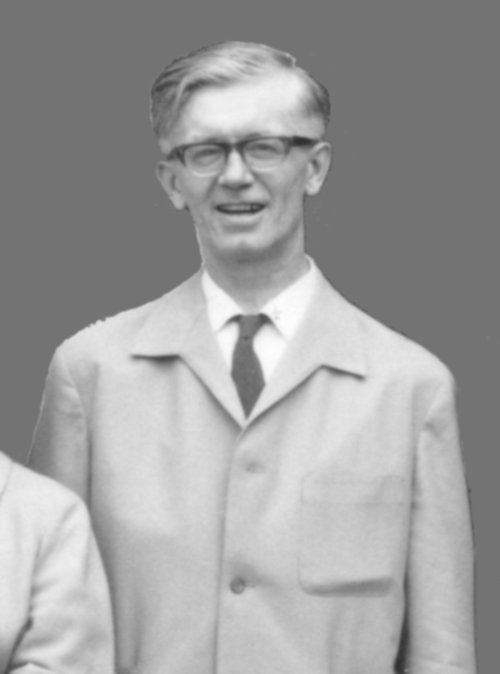
|
| 1976 |
Helmut Späth was appointed professor and acting head of the Institute of Electrical Engineering (ETI).
Späth was born in 1935 in Karlsruhe. After an apprenticeship as an electrical power engineer, he studied electrical engineering in Karlsruhe and received his doctorate in 1967 with Prof. Prassler. In 1974 came the Habilitation for the subject "Electrical machines and power converters."
Späth was retired in 2000 but is still actively involved in the research work of the ETI.
|
|
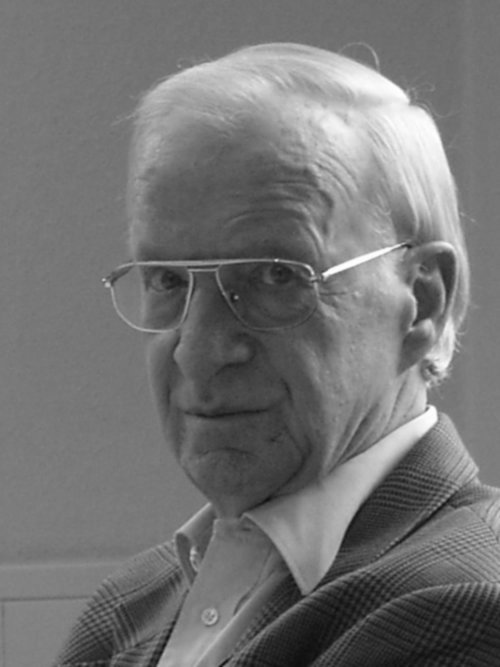
|
| 1979 |
Manfred Meyer was appointed to the Chair of Electrical Drives and Power Electronics and appointed as director of the Institute of Electrical Engineering (ETI). He held these positions until his retirement in 1993. Meyer was born in Berlin in 1928 and studied electrical engineering from 1948 until 1953 at the Technical University of Berlin. After his graduation in 1956 he was active with the Siemens AG until 1979, most recently as head of the laboratory and test field as well as head of the technical part of the construction department at the Nuremberg machinery and apparatus work. From 1981 to 1990, Meyer, was chairman of the DKE committee "Electromagnetic compatibility" and the German speakers in the appropriate committee of the IEC. Manfred Meyer died shortly after his retirement in 1993. |
|
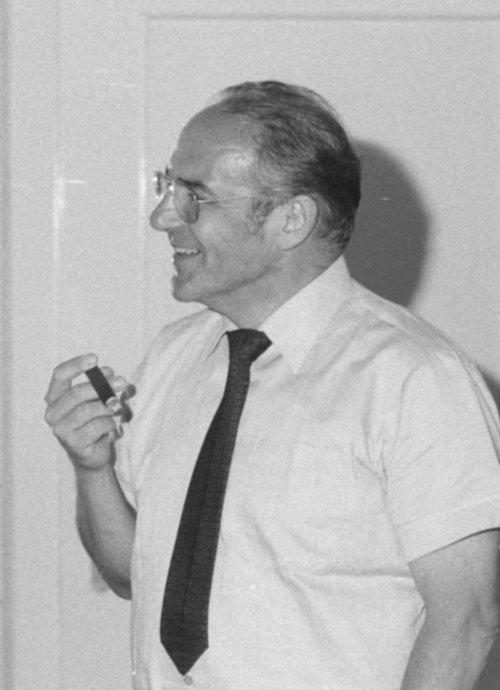
|
| 1994 - 2020 |
Michael Braun is currently the director of the Institute of Electrical Engineering (ETI). Brown was born in 1954 in Fulda and studied electrical engineering at the Technical University of Darmstadt, where he graduated in 1983 with a thesis on direct (matrix) converters at the Institute for Power Electronics and Drives. From 1983 to 1994 he worked at Siemens AG, most recently as head of department for basic development in the equipment factory in Erlangen. |
|
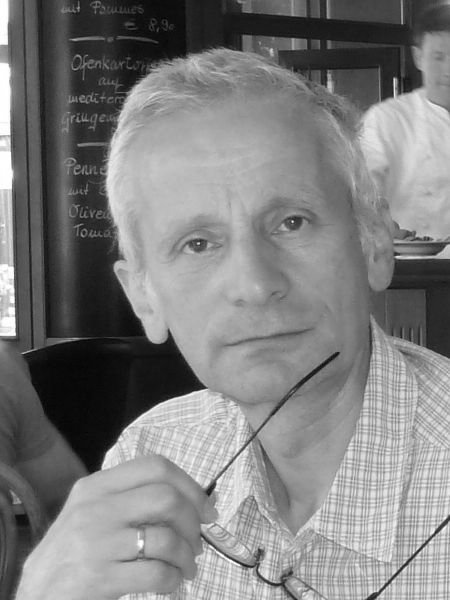
|
| 2011 |
Martin Doppelbauer is appointed as professor for Hybrid Electric Vehicles (HEV) to the ETI.
Doppelbauer was born in 1965 in South Westphalia and studied electrical engineering at the University of Dortmund. After his graduation in 1995 he worked at Bauer Drive Technology GmbH in Esslingen, from 2002 he was head of electric motor development at the SEW Eurodrive GmbH & Co KG in Bruchsal. Doppelbauer is chairman of the standardization committee 'Rotating electrical machines' (K311) in the DKE and German speaker to IEC and CENELEC TC2.
|
|
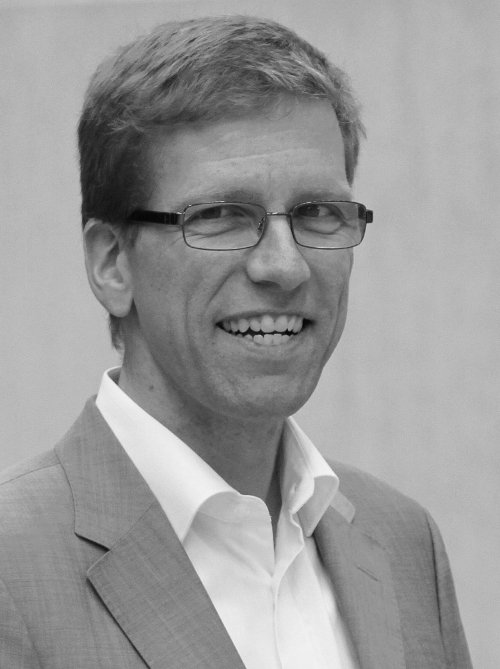
|
| 2015 |
Marc Hiller is appointed Professor of Power Electronic Systems (PES) at the EIT.
Hiller was born in Wertheim am Main in 1974 and studied electrical engineering at Darmstadt Technical University. After a year in the development of power converters for traction applications, he moved to the University of the Federal Armed Forces in Munich in 1999, where he completed his doctorate on switched reluctance drives at the Institute of Electrical Drive Technology. From 2005 to 2015, he worked in various positions in the development of power converters for industrial applications at Siemens AG, Nuremberg. Most recently, he was responsible for the development of power components for medium-voltage converters.
|
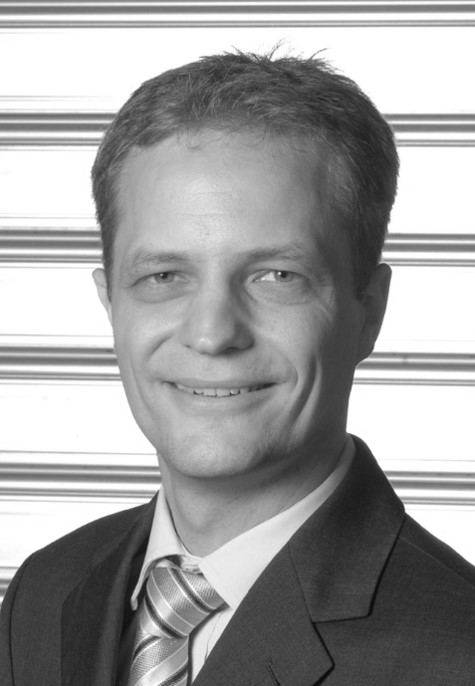
|












